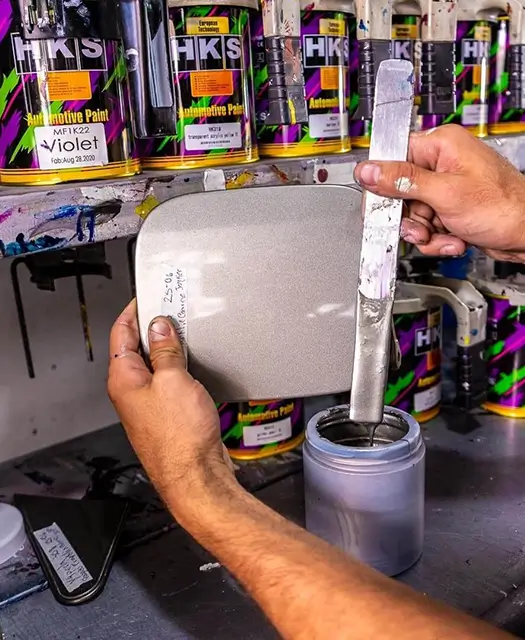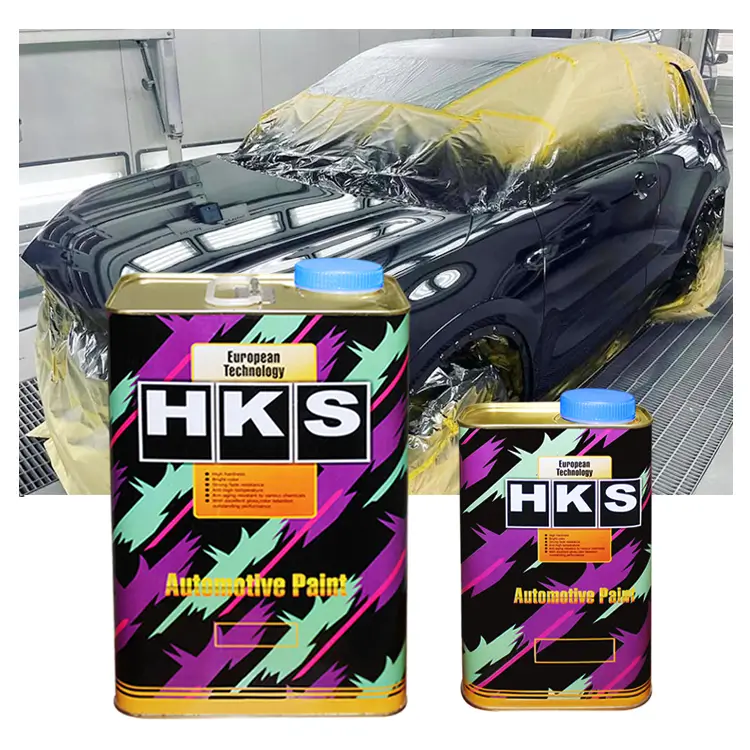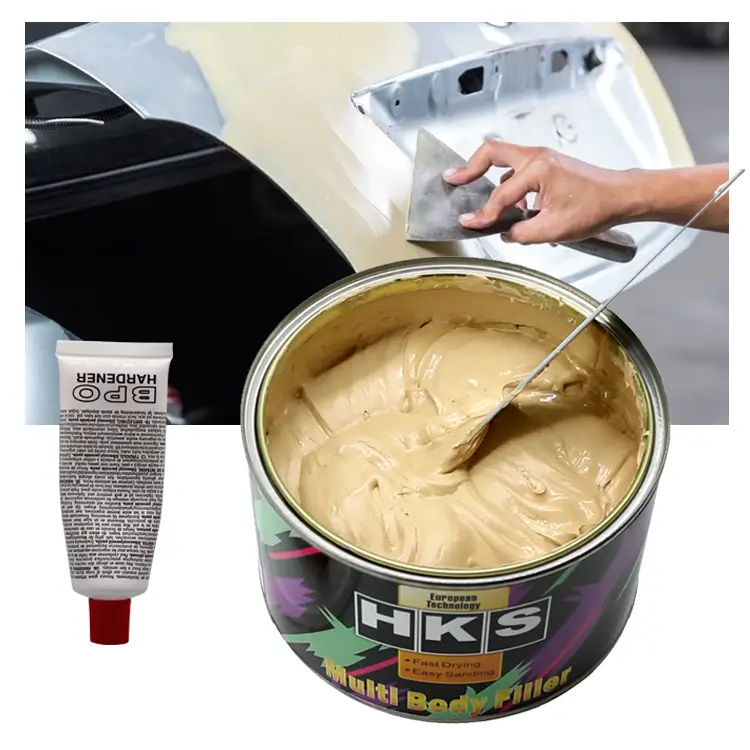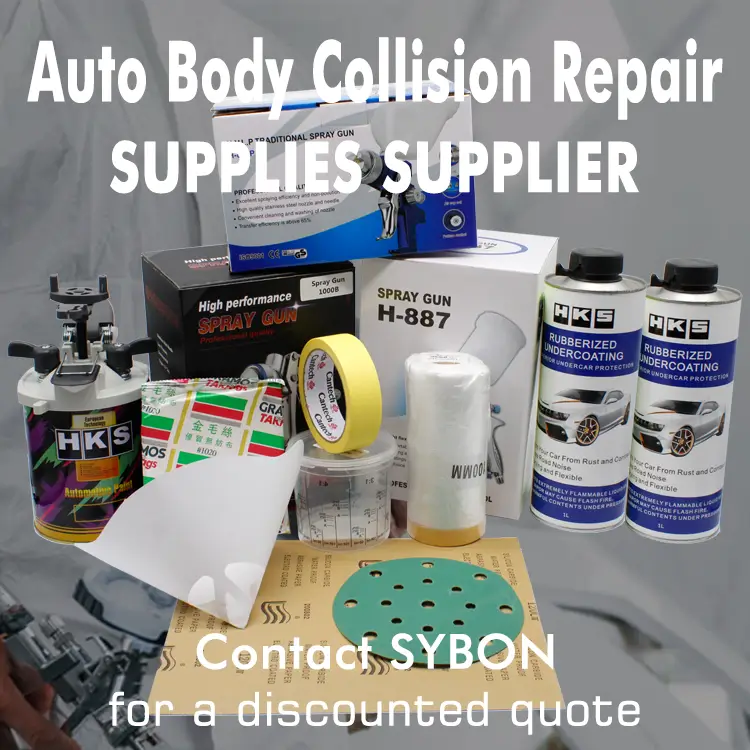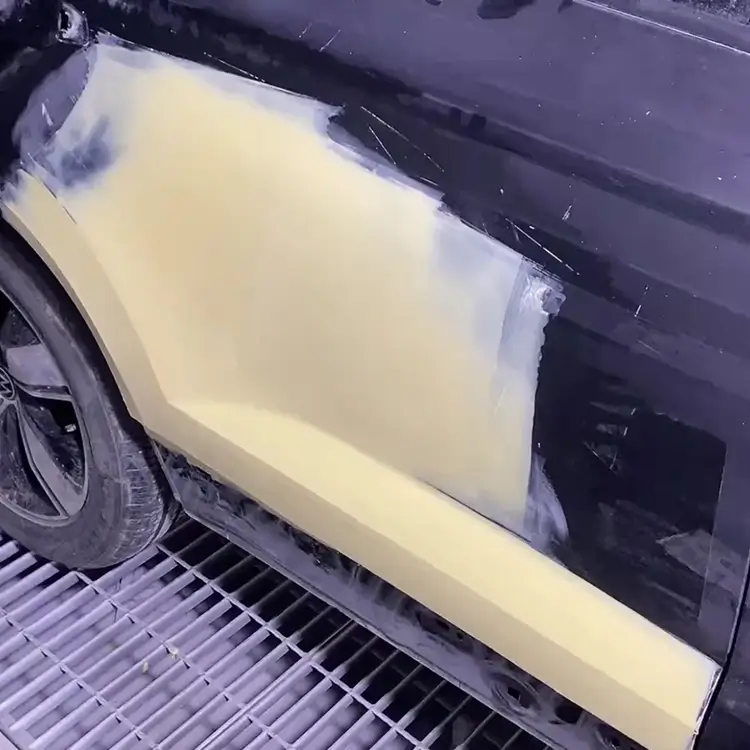
How to Choose the Most Suitable Car Putty for Each Repair
Choosing the right car putty for each repair job can be the difference between a flawless finish and a noticeable patch. Car putty, often referred to as body filler, is a crucial component in the automotive repair process. It’s used to fill in dents, dings, and other imperfections before the painting process. Given the various types of car putty available on the market, selecting the most suitable one for your specific repair needs can be daunting. This comprehensive guide will help you understand the different types of car putty, their applications, and how to make the best choice for each repair job.
Understanding Car Putty
Car putty is a material used to smooth and fill imperfections on a vehicle’s surface. It’s typically applied after the initial sanding and before the priming and painting stages. The primary types of car putty include polyester putty, fiberglass putty, and metal putty, each with its unique properties and applications.
Polyester Putty
Polyester putty, also known as standard body filler, is the most commonly used type of car putty. It’s versatile and easy to work with, making it ideal for a wide range of repair jobs. Polyester putty is best suited for filling small to medium-sized dents and imperfections. It’s easy to sand and shape, providing a smooth finish that’s ready for priming and painting.
Pros:
- Easy to apply and sand
- Versatile for various repair jobs
- Cost-effective
Cons:
- Not suitable for high-stress areas
- Can shrink over time if not applied correctly
Fiberglass Putty
Fiberglass putty is reinforced with fiberglass strands, making it much stronger and more durable than standard polyester putty. It’s ideal for repairs on surfaces that need extra strength, such as areas that experience a lot of stress or vibration. This type of putty is perfect for filling larger dents and holes, as well as repairing rusted-out sections.
Pros:
- High strength and durability
- Resistant to cracking and shrinking
- Ideal for large repairs and high-stress areas
Cons:
- More challenging to sand and shape
- Can be more expensive than polyester putty
Metal Putty
Metal putty, also known as aluminum or steel putty, contains metal particles, giving it excellent adhesion and durability. It’s often used for repairs on metal surfaces and can withstand high temperatures and stress. Metal putty is perfect for fixing minor imperfections on metal panels and can be used for high-strength repairs.
Pros:
- Excellent adhesion to metal surfaces
- High durability and heat resistance
- Suitable for high-strength repairs
Cons:
- More difficult to work with compared to other putties
- Can be more expensive
Factors to Consider When Choosing Car Putty
When selecting the most suitable car putty for your repair job, several factors need to be considered:
1. Type of Repair
The type and extent of the repair are crucial in determining the right putty. For minor dents and scratches, polyester putty is usually sufficient. However, for larger dents, rust repairs, or areas that experience significant stress, fiberglass or metal putty might be more appropriate.
2. Surface Material
Consider the material of the surface you’re repairing. Polyester putty works well on most surfaces, but for metal panels, metal putty might provide better adhesion and durability. Fiberglass putty is ideal for repairs on fiberglass surfaces or when additional strength is required.
3. Ease of Application
Some putties are easier to work with than others. If you’re a beginner or working on a less critical repair, polyester putty’s ease of application and sanding might make it the best choice. For more complex repairs, the additional strength and durability of fiberglass or metal putty could be worth the extra effort in application.
4. Durability
Durability is an essential factor, especially for areas that will experience stress or vibration. Fiberglass and metal putties offer superior strength and are less likely to crack or shrink over time compared to polyester putty.
5. Cost
Cost is always a consideration. Polyester putty is generally the most cost-effective option, while fiberglass and metal putties can be more expensive. However, investing in a higher-quality putty can save time and money in the long run by providing a more durable repair.
Application Tips for Car Putty
Regardless of the type of putty you choose, following proper application techniques is essential for achieving a professional finish. Here are some tips to ensure the best results:
1. Preparation
Thoroughly clean and sand the area to be repaired. Removing all dirt, grease, and rust will ensure better adhesion and a smoother finish. Use a fine-grit sandpaper to create a rough surface for the putty to adhere to.
2. Mixing
Follow the manufacturer’s instructions for mixing the putty. Typically, you’ll need to mix a small amount of hardener with the putty to activate it. Ensure the mixture is well-blended to avoid uneven curing.
3. Application
Apply the putty in thin layers, building up gradually to avoid air bubbles and ensure a smooth finish. Use a spreader or putty knife to evenly distribute the putty over the repair area.
4. Sanding
Once the putty has cured, sand it down to achieve a smooth, even surface. Start with a coarse-grit sandpaper to remove excess putty, then switch to a finer grit for a smooth finish. Be careful not to over-sand, which can create low spots.
5. Priming and Painting
After sanding, clean the area thoroughly before applying primer. The primer will help the paint adhere better and provide a uniform surface. Once the primer is dry, you can proceed with painting and finishing.
Common Mistakes to Avoid
Even experienced technicians can make mistakes when working with car putty. Here are some common pitfalls to watch out for:
1. Over-application
Applying too much putty in one go can lead to air bubbles, cracking, and shrinkage. It’s better to build up layers gradually for a more durable and smooth finish.
2. Poor Mixing
Incorrectly mixing the putty and hardener can result in uneven curing and weak spots. Follow the manufacturer’s instructions precisely to ensure a proper mix.
3. Inadequate Preparation
Skipping the preparation steps can lead to poor adhesion and a subpar finish. Always clean and sand the repair area thoroughly before applying putty.
4. Incorrect Sanding
Using the wrong grit sandpaper or over-sanding can ruin the repair. Start with a coarse grit and work your way to a finer grit, and be mindful of creating a smooth, even surface.
Conclusion
Choosing the most suitable car putty for each repair involves understanding the different types of putty available, considering the specific requirements of the repair job, and following proper application techniques. Polyester putty is versatile and easy to work with, making it ideal for minor to medium repairs. Fiberglass putty offers superior strength for larger repairs and high-stress areas, while metal putty is perfect for metal surfaces and high-strength applications.
By taking the time to select the right putty and applying it correctly, you can achieve professional results that stand the test of time. Whether you’re a seasoned technician or a DIY enthusiast, the right car putty can make all the difference in your repair projects.
If you are interested in our automotive paints and putties, we invite you to request samples for testing. Additionally, if you are an importer, paint shop owner, or automotive repair center owner interested in becoming a distributor, please contact us through our website. We will respond within 24 hours.

Source of this article:https://www.supersybon.com
Get to know us through more channels:

